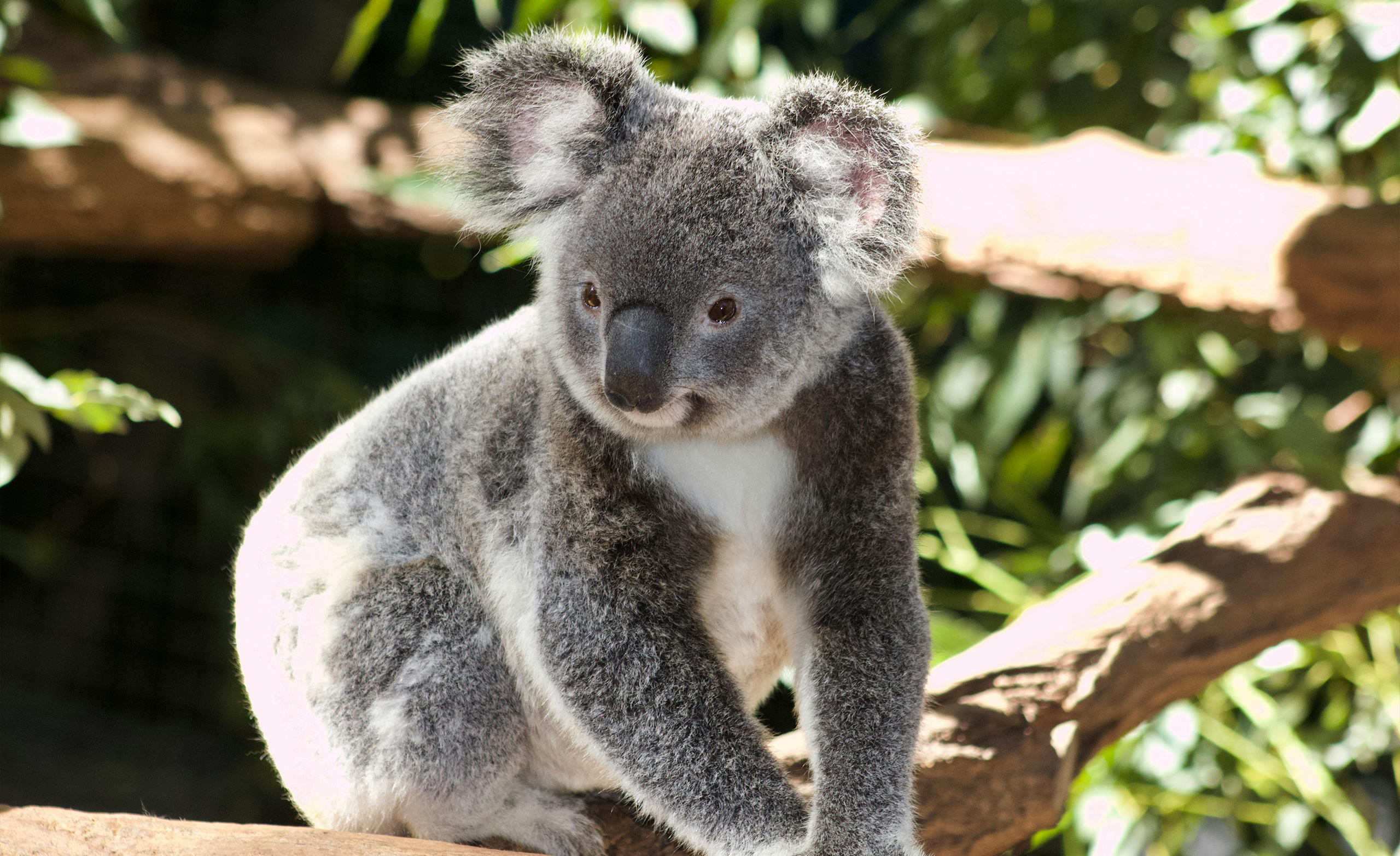
Top 5 Reasons Koalas Face Extinction in Australia
The plight of koalas in Australia has become an alarming issue, capturing the attention of conservationists and animal lovers worldwide. These adorable marsupials, known for their fluffy ears and eucalyptus diet, are facing a severe risk of extinction. Several high-ranking factors contribute to this tragic decline. In this blog, we will delve into the top 5 reasons koalas are facing extinction in Australia, and what can be done to help save these iconic creatures.
Table of Contents
1. Habitat Loss
One of the most significant factors driving koalas towards extinction is habitat loss. Australia’s rapid urbanization and agricultural expansion have led to the destruction of vast eucalyptus forests, the primary habitat of koalas. As trees are cleared for housing developments, roads, and farmlands, koalas lose their homes and food sources. The fragmentation of habitats forces koalas into smaller, isolated populations, making it difficult for them to find mates and reproduce. The loss of habitat also exposes koalas to predators and increases their vulnerability to diseases.
2. Climate Change
Climate change poses a severe threat to the survival of koalas. Rising temperatures and changing weather patterns have a direct impact on the eucalyptus trees that koalas rely on for food and shelter. Prolonged droughts, bushfires, and heatwaves reduce the availability of eucalyptus leaves, which are critical to koalas’ diet. In extreme conditions, koalas can suffer from dehydration and heat stress, leading to increased mortality rates. The changing climate also exacerbates the spread of diseases that can further decimate koala populations.
3. Bushfires
Bushfires have become more frequent and intense in Australia, posing a devastating threat to koalas. The 2019-2020 bushfire season, known as Black Summer, highlighted the vulnerability of koalas to these natural disasters. Thousands of koalas perished in the flames, and many more were injured or displaced. Bushfires destroy vast areas of eucalyptus forests, leading to the loss of critical habitat and food sources. The recovery of koala populations is hindered by the slow regeneration of these forests, which can take decades to reach maturity.
4. Disease
Diseases play a significant role in the decline of koala populations. Chlamydia, a bacterial infection, is widespread among koalas and can cause severe health issues, including blindness, reproductive problems, and urinary tract infections. This disease weakens koalas, making them more susceptible to other threats. The stress of habitat loss and climate change further compromises their immune systems, exacerbating the spread and impact of diseases. Without adequate veterinary care and intervention, infected koalas struggle to survive and reproduce.
5. Vehicle Collisions and Dog Attacks
As human settlements encroach upon koala habitats, interactions between koalas and humans become more frequent and often deadly. Vehicle collisions are a significant cause of koala mortality, with many koalas being hit by cars while crossing roads in search of food or mates. Dog attacks also pose a threat, as domestic dogs can injure or kill koalas that venture into backyards and urban areas. These incidents not only reduce the number of surviving koalas but also cause immense suffering and stress to the injured animals.
Conclusion
The future of koalas in Australia hangs in the balance, with habitat loss, climate change, bushfires, disease, and human-related threats pushing them towards extinction. To save koalas, urgent and coordinated conservation efforts are essential. Protecting and restoring their habitats, addressing climate change, implementing disease management programs, and promoting wildlife-friendly urban planning are critical steps to ensure the survival of this iconic species.
Public awareness and support for koala conservation are also vital. By advocating for stronger environmental policies, supporting conservation organizations, and participating in community efforts, individuals can make a difference in the fight to save koalas. Together, we can work towards a future where koalas thrive in their natural habitats, contributing to the rich biodiversity of Australia.
Koalas are a national treasure and an integral part of Australia’s natural heritage. Their plight serves as a stark reminder of the broader challenges facing wildlife worldwide. By addressing the factors driving koalas towards extinction, we can create a sustainable and harmonious coexistence between humans and nature, ensuring that future generations can continue to marvel at the unique beauty of koalas in the wild.
